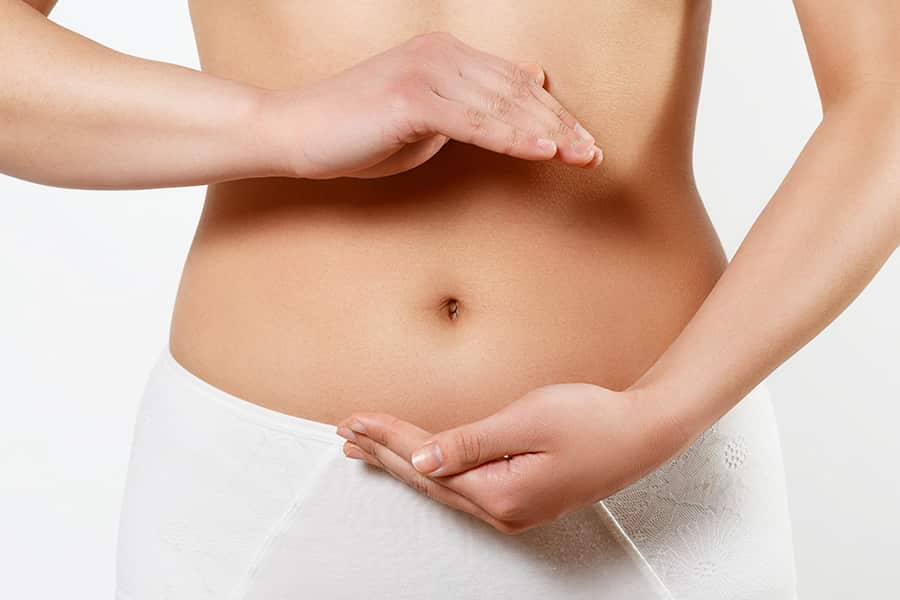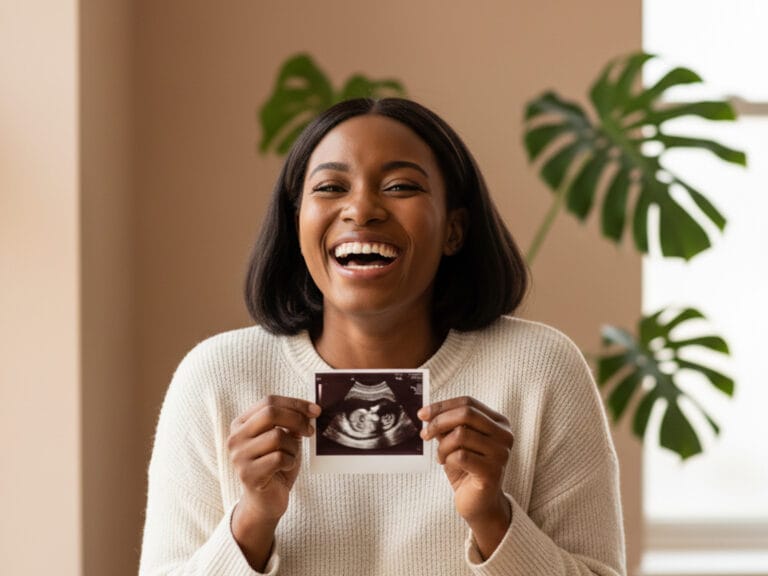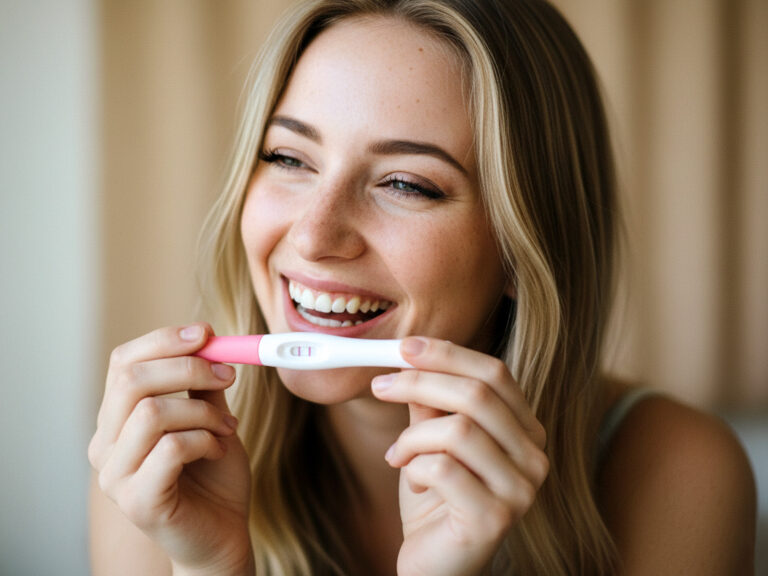Pregnancy and fetal development have characteristic and predictable stages that can be seen or not seen, felt or not felt, and understood or not understood. After fertilization the embryo quickly begins to grow, change, and show characteristic signs and stages of human development. During the 40 weeks of gestation a single cell develops into an embryo consisting of thousands of cells and culminating in the delivery of a fully formed infant. Here are presented the changes seen in embryonic development from conception to the end of the first trimester.
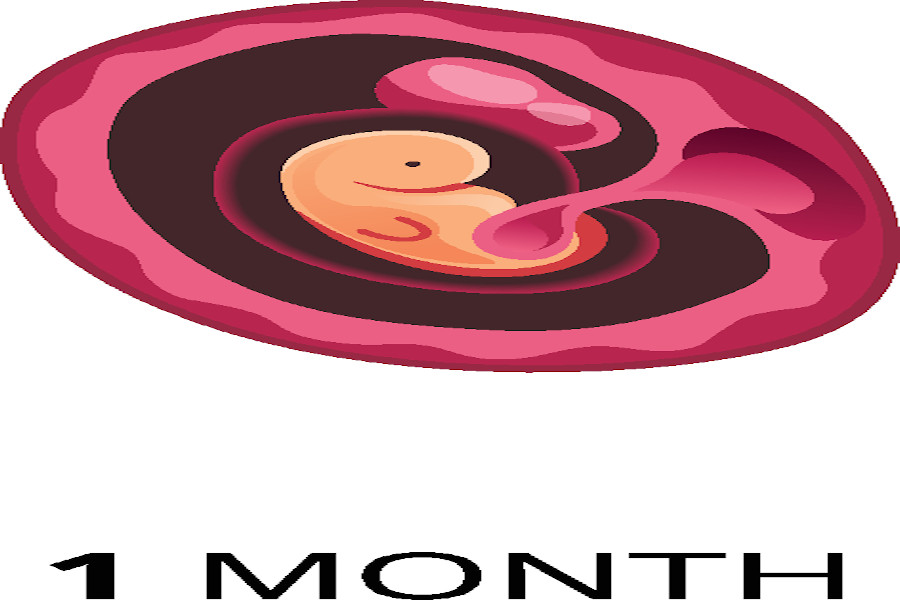
2 Weeks Development:
You have ovulated and as the egg travels through the fallopian tube it encounters thousands of recently deposited sperm cells. It only takes one. Over the next 20 hours or so the egg’s nucleus combines with the sperm’s nucleus and their genetic material is now combined. You are now pregnant! The baby’s sex is now determined. The fertilized egg is called a zygote and after about 3 or 4 days it is called a blastocyst and has begun to burrow into the uterine wall.
3 Weeks Development:
The blastocyst is developing into a larger ball consisting of several hundred cells. The inner cells will become the embryo and the outer cells will become the placenta. The blastocyst receives oxygen and nutrients through a primitive system of tiny tunnels running between it and uterine blood vessels.
4 Weeks Development:
The embryo’s cells are rapidly dividing and developing. A primitive placenta is forming so your blood, which carries oxygen and nutrients, can reach the developing embryo to nourish it. The amnionic sac contains amnionic fluid which serves to enclose and cushion the developing embryo as it develops. A yolk sac will form which will produce your baby’s first red blood cells.
- Your baby is about the size of a poppy seed.
- Length: About 0.04 inches
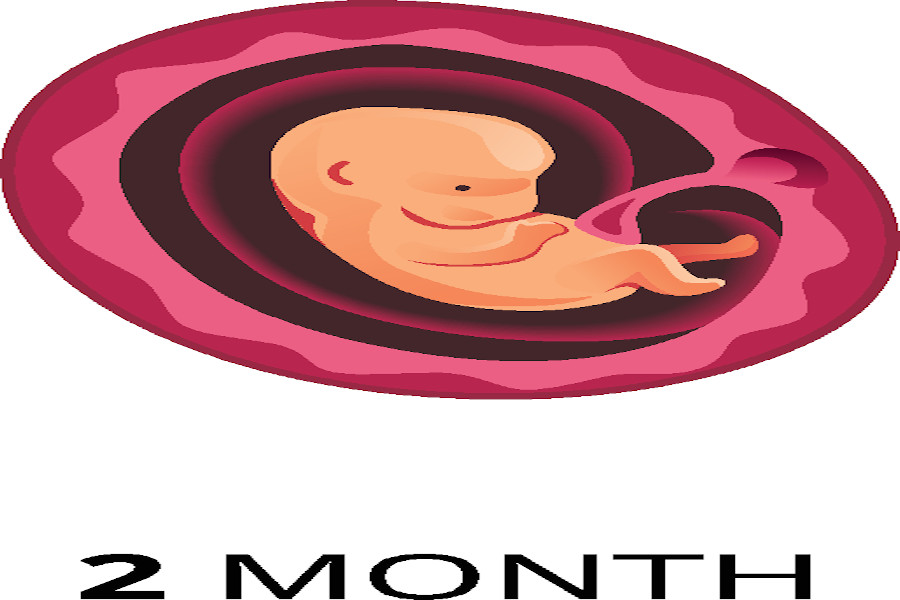
5 Weeks Development:
At this stage the embryo looks more like a tadpole than a human baby. This is NORMAL!! The neural tube or primitive nervous system is developing. This will give rise to the brain, spinal cord, and nerves. The heart and circulatory system are beginning to form. The placenta and umbilical cord are now more developed and functioning.
- Your baby is about the size of a peppercorn.
- Length: About 0.05 inches
6 Weeks Development:
Your baby’s heart is beating! Your baby’s eyes and nostrils are starting to form. The first signs of the baby’s arms and legs look like little paddles.
- Your baby is about the size of a lentil.
- Length: About 0.15 inches
7 Weeks Development:
The baby’s cornea, iris, pupil, lens, and retina start developing. The stomach and esophagus and liver start to develop this week. Your baby’s brain is quickly forming sitting atop the developing spinal cord.
- Your baby is about the size of a blueberry.
- Length: About 0.5 inches
8 Weeks Development:
Your baby starts to move! These movements are described as twitches or stretches and are visible on ultrasound. You won’t feel the movement, don’t worry. You will feel movement later in the pregnancy when the fetus is much larger at about 18 – 20 weeks gestation. The hands and feet have webbed fingers and toes. Nerves are spreading throughout the body connecting to muscles, organs, and other body structures.
- Your baby is about the size of a kidney bean.
- Length: About 0.63 inches
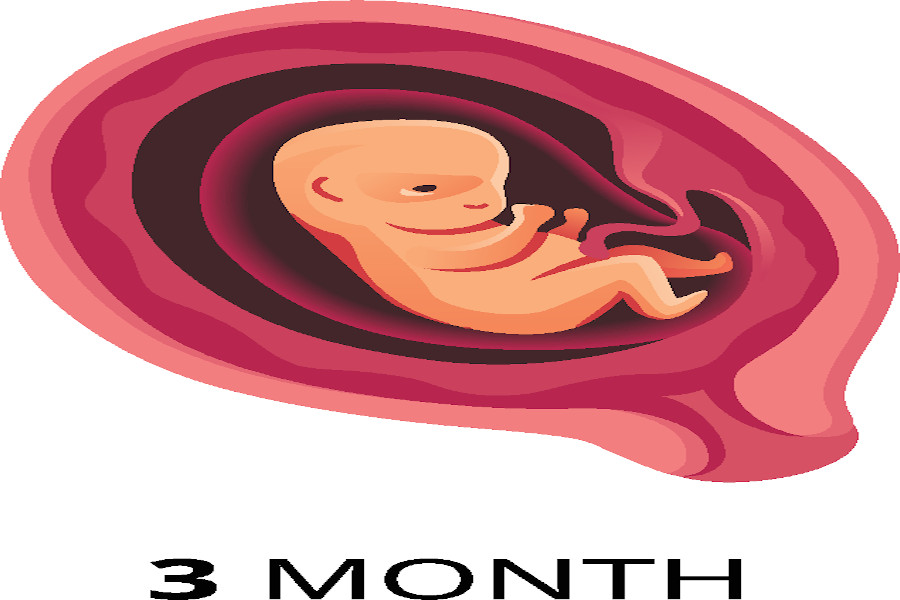
9 Weeks Development:
The baby’s heart will now have 4 chambers like a fully formed heart and the familiar “lub-dub” sound can be heard during prenatal visits. Teeth buds are forming, and the placenta is more developed and able to perform all its functions. The digestive tract and reproductive organs are formed.
- Your baby is about the size of a cherry.
- Length: About 1 inch
10 Weeks Development:
Eyelids cover the eyes. Teeth start to harden. Facial features are more distinct. The umbilical cord is formed and starting to perform its function of delivering oxygen and nutrients to the fetus. The brain continues to grow, and the fetal head is about half the length of the fetus’ body.
- Your baby is about the size of a kumquat.
- Length: About 1.25 inches
11 Weeks Development:
All vital organs are in place and may be functioning. External genitals are showing signs of development.
- Your baby is about the size of a fig.
- Length: About 1.5 inches
12 Weeks Development:
Fingers will open and close, toes curl, and the mouth will make sucking movements. The intestines are growing and will move into their permanent place inside the abdominal cavity. A thin layer of hair begins to grow on the body. Fingernails, toenails, and bones are forming.
- Your baby is about the size of a plum or lime.
- Length: About 2.25 inches
13 Weeks Development:
Vocal cords start to develop. We know sex is determined at conception; at this stage of development external sex organs become more visible on an ultrasound.
- Your baby is about the size of a peapod or small lemon.
- Length: About 3 inches
The information is presented to be a general guide to present the events surrounding fetal development. It is for informational purposes only. The information provided is not intended to be the only information available concerning fetal development during the first trimester. The material provided is not expected to be a substitute for advice or information from your physician or health care provider.
If you have any questions, concerns, apprehensions, unease, or worry about your fetus’ development contact your health care provider immediately.
